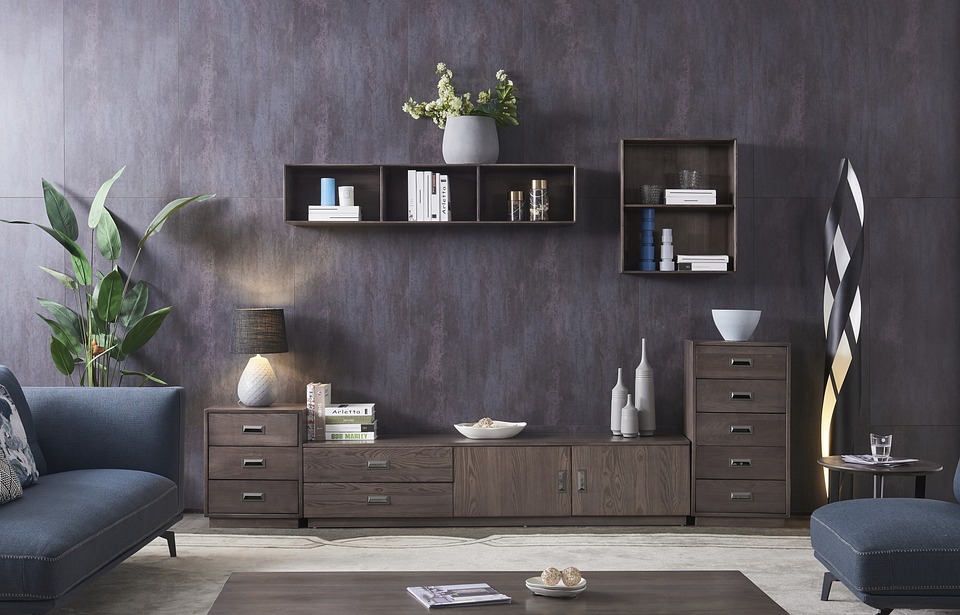Introduction
Your living space should be a reflection of your personality and style.
While furniture and decor play a significant role in creating an inviting environment, indoor plants have become the latest trend in revamping and transforming any space from drab to fab.
Not only do indoor plants add a touch of nature to your home or office, but they also offer a myriad of benefits for your well-being and indoor air quality.
The Benefits of Indoor Plants
Having indoor plants can do wonders for your physical and mental health.
Here are some of the benefits:
- Air purification: Indoor plants absorb harmful gases and release oxygen, enhancing the quality of the air you breathe.
- Stress reduction: The sight of greenery and nature has a calming effect, reducing stress levels and promoting relaxation.
- Improved focus and productivity: Studies have shown that being surrounded by plants can increase concentration and boost productivity.
- Natural humidifiers: Plants release moisture vapor, which can help create a more humid environment, particularly during dry seasons.
- Noise reduction: Certain plants have the ability to absorb sound waves, reducing background noise and creating a quieter space.
Choosing the Right Indoor Plants
When selecting indoor plants, consider factors such as lighting, space availability, and maintenance requirements.
Here are some popular indoor plants that are trending:
Succulents
Succulents are low-maintenance plants that thrive in bright light and dry conditions.
Monstera Deliciosa
The Monstera Deliciosa, also known as the Swiss Cheese Plant, features large, glossy leaves with unique splits and holes.
Fiddle Leaf Fig
The Fiddle Leaf Fig has gained popularity in recent years for its large, violin-shaped leaves.
Snake Plant
The Snake Plant, also known as Mother-in-Law’s Tongue, is known for its resilience and ability to thrive in low light conditions.
Arranging Indoor Plants
Once you have chosen the plants that suit your space, it’s time to arrange them strategically.
- Grouping: Group plants of different sizes and shapes to create visual interest and a dynamic display.
- Hanging: Utilize hanging planters or macrame hangers to save floor space and add a unique touch to your interior.
- Statement pieces: Use larger plants as focal points in the room, positioning them in corners or beside furniture.
- Layering: Place plants at different heights, using shelves or plant stands, to add depth and dimension to your space.
Maintenance and Care
Proper care is essential to ensure the longevity and health of your indoor plants.
- Watering: Avoid overwatering by allowing the soil to dry out between watering sessions.
- Lighting: Place your plants in areas that receive adequate light based on their individual preferences.
- Fertilizing: Use a suitable fertilizer to provide necessary nutrients.
- Dusting and cleaning: Regularly dust your plants to ensure optimal photosynthesis. Wipe leaves with a damp cloth to remove dust and keep them looking vibrant.




